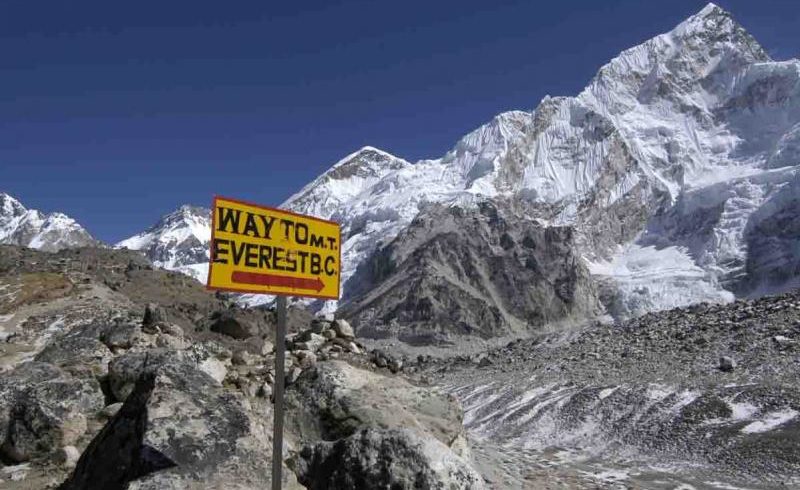High quality Black Peak Expedition vacation packages 2025: Magical Autumn Landscapes – The autumn season in India transforms the landscape into a riot of colors—especially in regions like Uttarakhand, Himachal Pradesh, and Sikkim. The meadows turn golden, the forests explode in hues of red, orange, and yellow, and the crisp air makes for perfect trekking conditions. Diverse Flora and Fauna – India’s trekking routes are surrounded by lush greenery and unique flora. Trekking through Valley of Flowers National Park, you’ll be amazed by its carpet of vibrant wildflowers, while the Great Himalayan National Park offers dense forests of rhododendrons, oaks, and deodars. Discover extra info on brahmatal trek.
Surya Top Trek: Surya Top is an extension of our much-loved Dayara Bugyal trek. Trekkers often get teary-eyed upon reaching Dayara meadows on the Dayara Bugyal trek. But Surya Top is a real deal when it comes to experiencing the grandeur of Dayara meadows in its entirety. You trek on the meadows not just for a couple of hours but for two full days! At Devkund, you are at the end of the Dayara meadows. Right behind you are endless stretches of perfectly manicured meadows that extend as far as your eyes can reach. You explore all that Dayara Meadows has to offer. This is only possible when you do the Surya Top Trek. Spring in the Surya Top Trek starts in mid-March and goes on until the end of April. The snow starts to melt in the upper reaches, while the grass begins to turn green in the lower meadows. Tiny flowers make their heads out of the grass, while rhododendrons bloom on the trees.
Before you head out on a Himalayan trek, experienced trekkers will tell you all about the freezing nights, the starry skies, the difficult terrain, and the beautiful mountain scenery. But there are several small realities that make every Himalayan trek challenging and no one tells you about them. These are experiences that you’ll possibly despise when you’re experiencing them, yet fondly think of them later. And I would rather have you know about these now, much before you embark on your trek so that they don’t come at you as surprises.
Tips to trek in snow: The layer of snow is thin during December. But as winter progresses — in January, February and initial March — the layer of snow thickens. During these months, it helps to keep the following things in mind. Start your trek before the sun rises. This is an age-old trick that all mountaineers and trekkers follow. Any walking in snow should be done as early in the day as possible, much before the sun rises. This is because during the night, in the negative temperatures, snow becomes hard and packed. It’s easy to walk on hard, packed snow. Your feet don’t sink. Note: You do need equipment like microspikes attached to your shoes that help you grip the hard snow. On your Indiahikes trek, this equipment will be issued at the camp. Read even more information at Hampta Pass Trek.
If only waterproof socks existed five years ago, a lot of frostbites and chilblains could have been avoided says Trekup India, remembering the case of one of our trek leaders, who had to stop all physical activity for six months after getting a bad case of frostbite in the snow. We all know that trekking in the snow is fun. The not-so-fun part is when the snow gets into your shoes. In 3–4 hours of walking on snow, the water seeps in through the shoe’s fabric to its inner layer, wetting your socks and, eventually, your feet. That’s when the misery starts.
Community and Support – Trekking in India, especially on well-trodden paths, often involves trekking groups or organized tours that provide experienced guides, porters, and fellow trekkers. This sense of community makes the experience safer, especially for those new to trekking. Seasonal Flexibility – India’s vast size and diverse climates allow trekking at different times of the year. While the Himalayan region is popular during the summer months, trekking in the southern hills or coastal areas can be ideal during the monsoon season or in winter.
You know, I have an issue with trekkers. Most of them want to go to the mountains to experience solitude and nature. And yet, they call and ask us about the most popular (and crowded) treks like Kedarkantha, Har Ki Dun, Rupin Pass as their options for Summer treks… Don’t get me wrong. These treks are beautiful! It’s not without reason that people sing praises about them. But they don’t give you that feeling of seclusion, at least not any more. These are treks that have gotten popular by virtue of being around for a long time. But, there are also newer treks that are as beautiful as the well-known ones. And it bothers me that trekkers don’t know about these treks.
